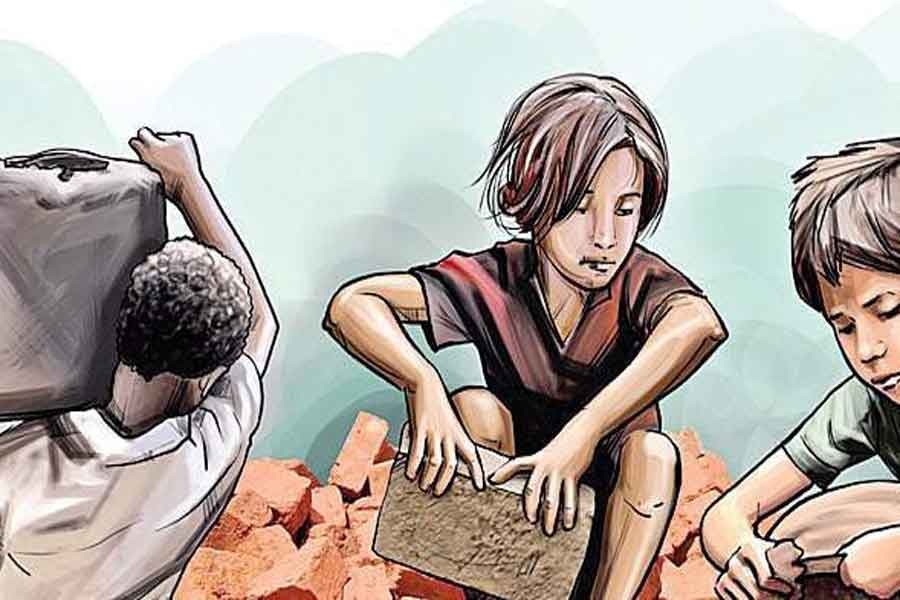Despite the fact that they are residents of capital Dhaka - a distinctive position, the city's underprivileged children are in bad shape. Finding many of such children in the country's cities toil away at back-breaking and hazardous works detracts a lot from its shine as a nation committed to children's well-being. These children are mostly found at makeshift industries and in non-traditional sectors in both urban and rural areas.
Ostensibly, the country's vulnerable children are free from all kinds of industrial exploitations. The reality is otherwise. That Bangladesh has long been a signatory to the UN Convention on the Rights of the Child does not make much of a difference. The government ratified the ILO convention on the Worst Forms of Child Labour, 1999, on March 12, 2001. Besides, a national legislation on hazardous child labour was revised in 2006. In line with these child labour prevention laws, the ready-made garment (RMG) sector has stopped recruiting child workers, and it now claims itself to be completely free of child labour. Children queuing into the garment factories, along with adult workers, in the greater Dhaka were once a common spectacle.
Yet the informal industrial sector, comprising mostly dingy factories in Dhaka's older parts and suburbs, continues to employ child workers. Apart from these virtual sweatshops, the transport sector has emerged as another area picking children indiscriminately for risky jobs. To the utter horror of conscientious people, children as young as 9 to 12 years old are occasionally found working as 'helpers' on the so-called tempos on different city routes. They are given the responsibility of collecting the fares and remembering the often-revised fare chart. These small children are found haggling with passengers if they suspect a passenger to have cheated them. Sometimes it provokes a short-tempered passenger to verbally abuse a child `helper'. If any passenger manages to travel the tempo without paying fare, the driver holds the helpless boy responsible. It invariably results in a barrage of swearing showering on the child. Owing to the lackadaisical enforcement of the child labour prevention law these boys are made to undergo traumas day in and day out. This is unacceptable. A society having the least care for its children cannot allow this cruelty to go on.
With a ban on child labour in force, a section of employers use children in unconventional sectors in Dhaka. These include employment of children in horse-drawn carriages. Scenes of children manoeuvring cumbersome vehicles like these go largely unnoticed in the busy capital. These long-absent horse transports were once driven by experienced coach-men. They have staged a comeback, and are now popular with commuters travelling on Gulistan-Sadarghat and Gulistan-Azimpur routes. Aware of the fact that children are fond of animals, especially the running horses, employers have lately turned to tapping the horse-steering potential of a section of sporting children. According to many commuters, driving a horse carriage demands enormous physical strength and skill. Apart from being filled with risks of unique types of accidents and hazards, steering a pair of horses in a gridlocked city is too taxing for children.
Many would like to see horse carriage driving in the category of hazardous jobs. Nonetheless, the horse-drawn transports operated by two teenage boys, one of them a little older, continue to ply some Dhaka streets. Child labour in the guise of innocuous jobs sullies the country's image as much as their employment in hazardous jobs does. Prevalence of these exploitations may finally take a toll on the achievements made so far in this sector.


